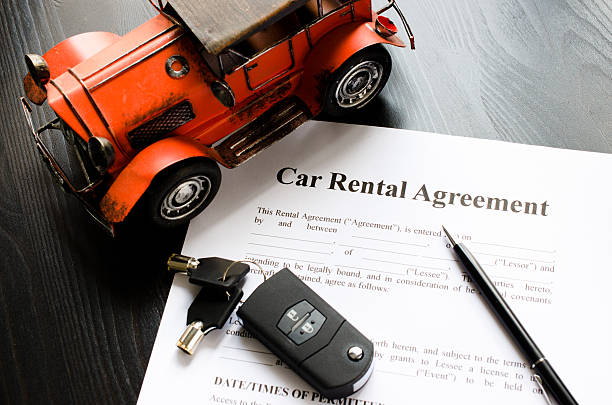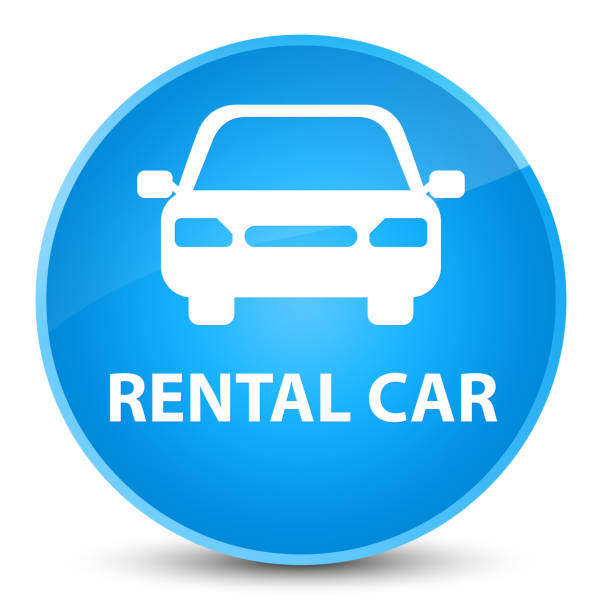What is Car Leasing?
Benefits of Leasing a Car with Banks
1. Lower Monthly Payments
2. New Models
3. Warranty Coverage
4. Leasing End Options
5. Tax Benefits
Conditions for Bank Leasing Eligibility
1. Credit Score
2. Income Requirements
3. Debt-to-Income Ratio
4. Down Payment
5. Insurance Coverage

How to Get Cheap Monthly Payments?
1. Select the Right Vehicle
2. Negotiate Terms
3. Choose a Longer Lease Term
4. Maximize Trade-In Value
5. Compare Bank Offers
Bank Leasing vs. Dealership Leasing
1. Interest Rates
2. Transparency
3. Loyalty Programs
4.Fewer Incentives

Key Features of Bank Car Leasing Programs
1. Mileage Allowance
2. Maintenance Packages
3. Early Termination Penalties
4. End-of-Lease Process
5. Lease-to-Own Options
How to Apply for a Bank Car Lease
1. Find Banks
2. Prequalify
3. Select the Car
4. Submit Documents
5. Review and Sign the Lease
Tips to Maximize Value on a Bank Lease
1. Avoid excessive wear and tear
2. Keep mileage within limits
3. Bundle insurance
4. Watch for promotions

Conclusion
Car leasing from banks is one of the most practical choices for individuals and businesses seeking flexibility, affordability, and access to new vehicles. With lower monthly payments, warranty protection, and customizable terms, bank leases cater to diverse needs. However, it’s crucial to understand the fine print, including mileage limits, penalties, and fees, to avoid unexpected expenses.
Through researching and comparing leasing options, negotiating terms, and sticking to the lease agreement, you can maximize value and enjoy a hassle-free driving experience. Whether leasing for personal use or business purposes, bank leasing offers significant advantages over other leasing channels.
Banks offer a reliable and transparent method of car leasing, which is why most people prefer them. By choosing a reliable bank, selecting the right vehicle, and managing the lease responsibly, you can enjoy the benefits of a new car without the financial burden of ownership.

